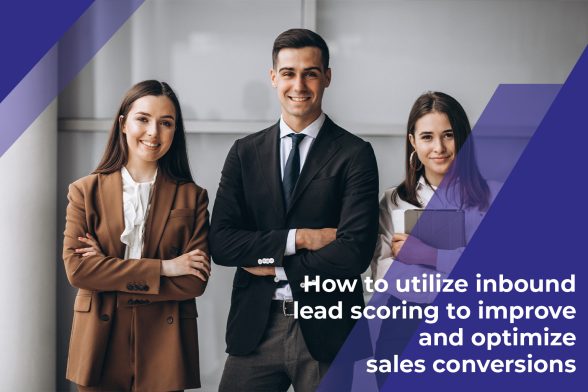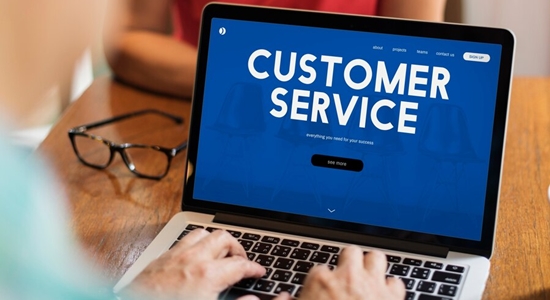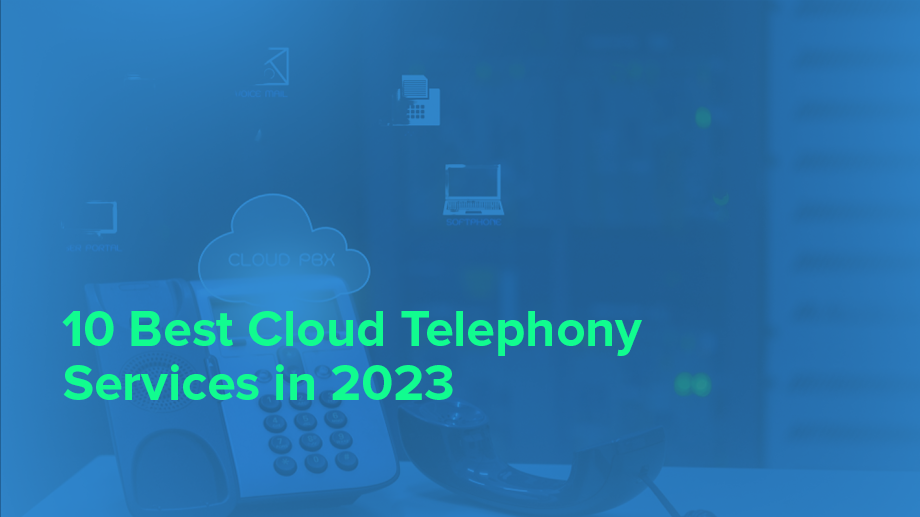- Resources
- How to utilize inbound lead scoring to improve and optimize sales conversions
How to utilize inbound lead scoring to improve and optimize sales conversions

Most people are concerned about obtaining enough fresh leads into the funnel when using inbound marketing. However, after you get a large number of leads, you must determine who is genuinely interested in your product and who is simply starting to search. In such a scenario, the concept of lead scoring comes into play.
Here we will know how to optimize the sales conversion using inbound lead scoring.
In this article, we will explore:
All About Lead Nurturing
Every business has its own method for assigning points to score leads, but one of the most popular is to use data from previous leads to construct the value system. Generating leads is the act of giving values to each lead you produce for your company, usually in the form of numerical “points.” In addition, you may rate potential leads based on various factors, such as the professional information they’ve provided and how they’ve interacted with your website and brand throughout the internet.
This method aids sales and marketing teams select leads, responding correctly, increasing correctly responding to them, and increasing conversion rates. It’s also worth noting that an inbound lead conversion occurs after a lead has completed a series of steps in the lead nurturing process. For example, an inbound lead conversion may have been officially educated on how a product works, interacted with a sales representative, and so on.
Companies may even use QR code generators to create QR codes for their lead-generating campaigns to improve the purchasing experience for their consumers. When making business cards, consider the location and distribution channel. People interested in your brand will scan, allowing strangers to become leads in your inbound marketing strategy. Even putting a business card in a store display with a QR code will pique someone’s interest in your service and make it easier for you to generate leads. Upselling is also achievable if the customer has previously established a direct connection with the salesperson after scanning the vCard QR code and making contact via phone and email.
Let’s look at some practical techniques you can apply to boost your lead conversion rates now that you have a better knowledge of what an inbound lead conversion is.
This is when things start to become strategic. But, then, improving your lead conversion is a matter of making minor adjustments over time and watching your KPIs rise.
Make Your Landing Pages More Effective
Suppose you solely sell to a specific demographic, such as parents with small children or CIOs. In that case, you can utilize the responses to assess how well your leads fit in with your target audience by asking demographic questions in the forms on your landing pages.
Following the landing page, best practices are critical for starters since it is the first step in capturing visitors’ attention and creating a baseline degree of interest in your offering.
Everything else in the lead-generating process will be an uphill struggle if your landing pages aren’t up to par. However, if you go according to the following points, no one can stop your leads from getting sales.
The more data you collect, the more you’ll be able to comprehend general visitor behavior and make the required changes to improve your landing pages. Understanding the fundamentals ofconversion rate optimization and splitting different testing components of your site is the best approach to go about it. For example, you can know whether the headline, the quantity of form fields, or CTA content converts better if you have CRO data.
- A user-friendly design will help you reach out to tremendous customer traffic.
- Providing guests with a simple, seamless experience about what you are willing to sell.
- Writing crisp headlines that showcase your unique value proposition succinctly.
- Keep minimum distractions; otherwise, customers will always think about the drawbacks before knowing the scenario correctly.
CTAs should be fine-tuned
Call to action (CTA) is commonly used in marketing to convert website visitors into leads. On the other hand, a call to action is used to direct visitors and inform them what they should do once they arrive on your website. More precisely, CTA is one of the most fundamental aspects of a landing page. According to IMPACT, an inbound marketing business, it’s just a message instructing a visitor what action to take.
It is, nonetheless, one of the most essential parts of conversion rate optimization. Getting your CTAs correct is critical for getting prospects to click to learn more about your items and eventually buy.
However, some businesses take CTAs as an afterthought, slapping generic content like “Click Here” or “Buy Now” on their pages. But, this is not something to be neglected.
To make leads feel more comfortable with buying, be sure to underline the value of your service and lessen risk (e.g., give a free trial).
CRO and CTA are inextricably linked. To enhance conversions, the first thing you should do is test your CTA. Create versions of it and observe which ones do the best conversion rate. From this standpoint, a call to action directly impacts lead generation, sales, and revenue.
Furthermore, CTA is tied to the user experience. As previously stated, the fundamental goal of a CTA is to instruct users on what action they must take to proceed. And this is an essential aspect of the user experience.
Despite the necessity of CTAs, many marketers fail to implement them. A massive70% of websites lack a call-to-action button on their home page. For example, consider an e-commerce business that lacks both a ‘Add to Cart’ and a ‘Checkout’ button. As a result, users will have no idea what to do next even if they find it advantageous.
Lead scoring enables quantifying leads
The number of forms and pages and the types of forms and pages are critical. For example, leads who viewed high-value sites (such as price pages) or filled out high-value forms may receive better lead scores (like a demo request). Similarly, you may provide better ratings to leads who have visited your site 30 times rather than three times.
Prioritizing leads, so you know which ones require nurturing and which ones are ready to be passed on to your sales team is another vital component of enhancing inbound lead conversion. If someone found your details through an email finder or subscribed to your email newsletter, for example, they’re probably in need of some nurturing and aren’t quite ready to go on to sales yet. However, if they’ve asked for a demo, they’ve definitely demonstrated interest in your product and are prepared to go on to sales.
So open and clickthrough rates will offer you a far better picture of their degree of interest. Your sales staff will be interested in knowing who opened each email in your lead nurturing series, as well as who always clicked through your offer promotion emails. They can then concentrate on the people who appear to be the most interested. Leads who click through on high-value mailings, such as demo offers, may also receive a better lead score. Technology has thankfully made lead scoring simpler than ever before, with artificial intelligence (AI) becoming a game-changer.
Leads must be sent to the appropriate salesperson
Salespeople are the ones on the ground, directly dealing with both leads who became customers and those who did not. As a result, they usually have a solid sense of which pieces of marketing content are most effective at encouraging conversion.
Once you’ve discovered high-quality leads who are likely to buy, it’s critical to assign them to the appropriate sales representative who can connect with them and answer their questions – a process known as lead distribution. With seamless lead distribution, you won’t miss out on possibilities, and sales agents will be able to swiftly deliver the information they need to solve important pain points, boosting their chances of buying.
For example, you may use complex round robin rules, territory assignments, account-based ownership, and more to qualify leads and route them to the appropriate rep in real-time.
Brand Focused Market Communication
When it comes to inbound lead conversion, timing is essential. Even the most qualified leads may become unresponsive if you wait too long. That’s why you need to target specific brands. It’s known as speed to lead, and it’s one of the most straightforward ways to boost inbound lead creation.
In the online world, brand-focused marketing communications have a significant influence on the company’s capitalization. Marketing communications are the methods through which businesses attempt to inform, persuade, and remind customers about the items and brands they offer, either directly or indirectly.
In a way, marketing communications are the brand’s “voice” and tools for initiating conversations and building connections with customers. Even though marketing communications play various critical responsibilities for every company in the commercial world, they are increasingly confronted with challenging scenarios. For example, technology and other reasons have altered the way consumers digest information, even if they reach that point. As a result, marketing communications should be integrated to offer a consistent message and achieve strategic positioning across all relevant media.
The companies that are most likely to turn digitally jaded customers into buyers provide the most diverse digital experiences. As they create good word of mouth on social media, these successful players appear to be moving away from less solid digital brands and gaining more incredible momentum. Online retailers who have mastered digital channels quickly – obtaining a deep understanding of client preferences, developing digital experiences, and enhancing offers through social feedback – have established a competitive advantage that may be tough to match.
Customers should find brands more relevant, unique, and trustworthy due to these experiences, and marketers should establish tactics to differentiate brands via superior positioning compared to rivals. This typically entails repositioning existing brands to suit client requirements better.
Verify the information
Poor data quality affects around 40% of all B2B leads, as seen by missing form fields, duplicated data, improper formatting, failed email validation, and other problems. You’ll have difficulty engaging with leads, much alone score conversions if you’re working from a database of erroneous lead profiles.
There is a split between marketing and sales in many B2B organizations. Marketers wash their hands of a lead after it’s been provided, and they certainly don’t engage in the sales development process, which, coincidentally, might be the most challenging portion. This phase is often experienced due to insufficient verification. This is a big chance that has been squandered. The job of the SDR (sales development representative) is to convert leads from hand-raisers to committed buyers. Sales enablement tools, such as case studies, product comparisons, ROI calculators, and implementation instructions also play a role.
Marketers should consult with SDRs while creating these materials to establish unique requirements. Companies with well-aligned sales and marketing divisions increase revenue 24% quicker, according to SiriusDecisions.
Prioritize lead quality above quantity
Defining lead quality will always be advantageous to you. The first stage is identifying the correct lead by determining your target market and selecting suitable content and presentation to attract and nurture the lead. Lead nurturing places a premium on lead quality. The benefits are undeniable: nurtured leads create satisfactory sales possibilities than non-nurtured leads, and firms who employ lead nurturing generate 50% more sales-ready leads at a 33% lower cost!
Quality leads may raise replies from warm sales-ready leads and attract additional prospective customers. Always strive for high-quality connections. Every company owner should focus on the bottom line — acquiring qualified leads that will result in high conversion rates.
Brand Focused Market Communication:
Ways that you can try out to reach your target customers are as follows
- You have to send an automated email to check in and offer basic product information to your target market.
- Providing a demo that qualified leads may utilize to get a feel for your product right away.
- By using a chatbot, leads may receive immediate responses to essential queries.
Conclusion
Leads can be used for more than just making contacts. The production of leads can indeed result in a successful conversion. It might be the boost your company needs if done correctly. Know who you’re trying to reach. Use your firm’s proper digital channels, online strategies, programs, and resources.
You can just be on your way to successful lead conversion with the above techniques. To acquire leads and turn them into sales, e-commerce firms put together their own game plan. Now is the time to get a jump start on your own game plan for success. With all these points, you can have a successful sales conversion with the improvised inbound lead score.
Author Bio
Akshay is a digital marketer and a startup enthusiast exploring the myriad avenues of everything marketing. At Beaconstac, he enables companies to bridge the gap between the physical and digital worlds through the use of custom QR codes.

Ready to take control of your call transfer
experience for better CX outcomes?
Related resources
Lorem ipsum dolor sit amet, consectetur adipiscing elit. Ut elit tellus, luctus nec ullamcorper mattis, pulvinar dapibus leo.







